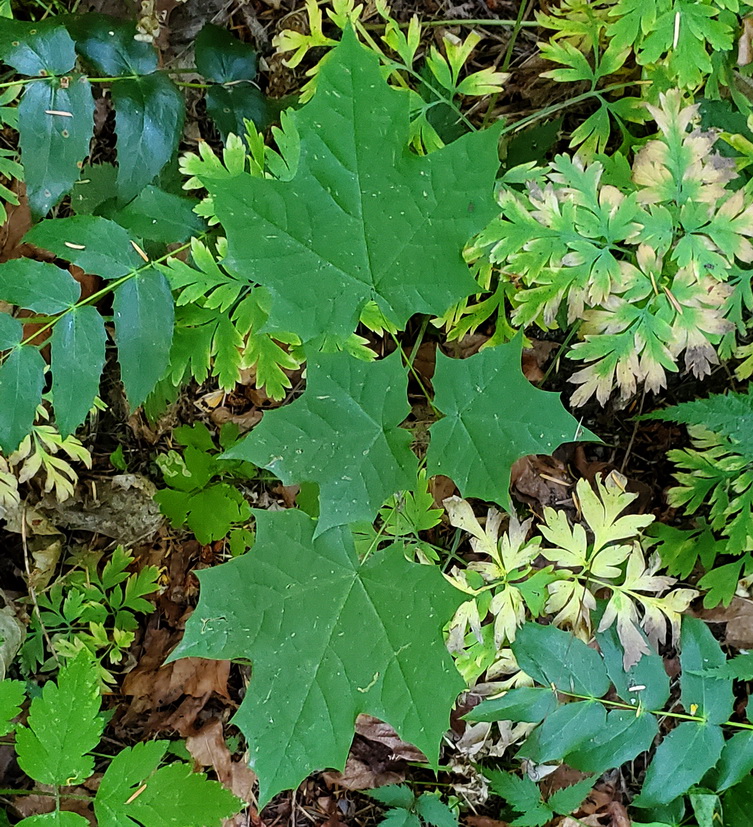Last year I wrote about my plans for work during the dry season (here), and this year I’m adding a task – looking for “rescue plants” growing in weedy areas or spots too close to trails and marking them for transplanting when the wet season returns.
I’ve added a roll of brightly colored surveyor’s tape and a permanent marker to my vest pocket, and when I come across a likely tree or shrub to transplant, I write the species name on the tape and tie it to the plant. Since I’m not an expert in winter twig identification, I need to tag the deciduous woody plants before they shed their leaves. For example, I don’t want to inadvertently transplant a Norway or Sycamore Maple.


Marking Future Transplants Along Bradley Lines
While weeding along my Bradley lines (weed breaks), I’ll also identify forbs and young ferns to transplant later. If you recall, the Bradley Method of bushland restoration (here) relies primarily on natural regeneration to expand the “good areas” on the non-weedy side of weed breaks. I’ve been augmenting that natural regeneration by transplanting indigenous perennials from outside the weed breaks into nearby good areas.
I mark these future transplants by creating a small weed-free zone around the plants to make them easier to spot later. It only makes sense to do this with plants that will still be green when I transplant them like Fringecup, Large-Leaved Avens, and Sword Fern. For those that die back and won’t be easy to spot during the winter, like Pacific Bleeding Heart and Cicely, I’ll wait until they re-emerge next spring to transplant them.

Some of the areas outside the Bradley lines from which I have been identifying rescue plants, are the so-called “bad edges” that I’ve been weed-whacking. Fortunately, the weed-whacking doesn’t kill the indigenous forbs, and I can still transplant them later. Some of them, like the weakly-rooted Candyflowers (Claytonia sibirica) grow low enough to the ground to produce seeds in the weed-whacked edges. They will be among the first to produce new leaves next spring when some of them can also be carefully transplanted.
Of course, weed-whacking doesn’t kill the weeds either, but if done every couple weeks throughout the growing season, it does keep them from growing to full size and producing such immense numbers of seeds. Over time, this will favor seed-producing indigenous forbs, thus helping them to improve the balance in the soil seed bank.